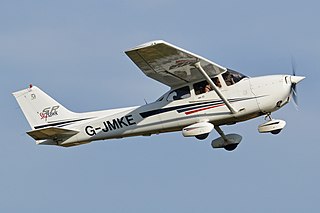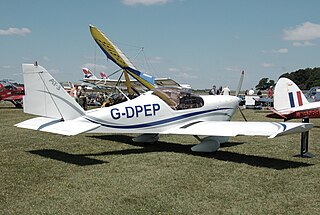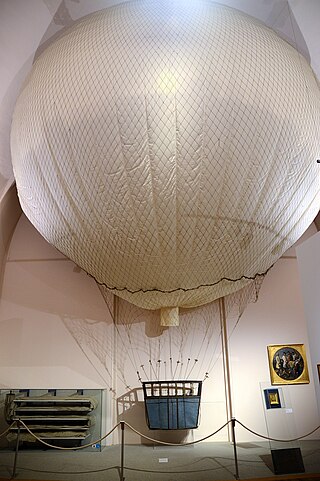| Type | First flight | Role | Built | Length | Span | MTOW | Capacity | Notes |
|---|
| Ilya Muromets | 1913 | airliner/bomber | 85+ | 19.13 yards (17.49 meters) | 32.58 yards (29.79 meters) | 4.527 tons | Pax: 16 | First multi-engine aircraft in serial production, Russky Vityaz development |
| Zeppelin-Staaken R.VI | 1916 | Bomber | 56 | 24.168 yards (22.099 meters) | 46.15 yards (42.20 meters) | 11.613 tons | | Largest WWI aircraft in regular service |
| Tarrant Tabor | 1919 | Bomber | 1 | 24.38 yards (22.29 meters) | 43.74 yards (40.00 meters) | 19.97 tons | 4.1 t | Crashed on first flight |
| Dornier Do X | 12 Jul 1929 | Flying boat | 3 | 43.74 yards (40.00 meters) | 52.27 yards (47.80 meters) | 51.1787 tons | Pax: 100 | Then longest, widest and heaviest |
| Kalinin K-7 | 11 Aug 1933 | Transport | 1 | 30.62 yards (28.00 meters) | 57.96 yards (53.00 meters) | 45.77 tons | Pax: 120 | Widest aircraft until the Tupolev ANT-20 |
| Tupolev ANT-20 | 19 May 1934 | Transport | 2 | 35.979 yards (32.899 meters) | 68.8976 yards (63.0000 meters) | 52.16 tons | Pax: 72 | Widest and heaviest until the Douglas XB-19 |
| Douglas XB-19 | 27 Jun 1941 | Bomber | 1 | 44.07 yards (40.30 meters) | 70.65 yards (64.60 meters) | 72.34 tons | | Longest until the Laté. 631, widest until the B-36, heaviest until the Martin Mars |
| Messerschmitt Me 323 | 20 Jan 1942 | Transport | 198 | 70.65 yards (64.60 meters) | 60.37 yards (55.20 meters) | 42.32 tons | 11.81 tons | Highest cargo capacity land-based World War II transport |
| Martin JRM Mars | 23 Jun 1942 | Flying boat | 7 | 39.04 yards (35.70 meters) | 66.71 yards (61.00 meters) | 73.62 tons | 14.76 tons | Heaviest until the Junkers 390, Largest serial production flying boat |
| Latécoère 631 | 4 Nov 1942 | Flying boat | 11 | 47.57 yards (43.50 meters) | 62.77 yards (57.40 meters) | 70.27 tons | Pax: 46 | Longest until the Convair B-36 |
| Junkers Ju 390 | 20 Oct 1943 | Bomber | 2 | 37.40 yards (34.20 meters) | 55.01 yards (50.30 meters) | 74.31 tons | 9.84 tons | Heaviest until the BV 238, Junkers entry for the Amerika Bomber project |
| Blohm & Voss BV 238 | Apr 1944 | Flying boat | 1 | 47.35 yards (43.30 meters) | 65.84 yards (60.20 meters) | 98.42 tons | | Heaviest built during WWII, destroyed in 1945 |
| Convair B-36 | 8 Aug 1946 | Bomber | 384 | 54.02 yards (49.40 meters) | 76.66 yards (70.10 meters) | 183.06 tons | | Heaviest until the B-52, longest and widest until the Hughes H-4 |
| Hughes H-4 Hercules (Spruce Goose) | 2 Nov 1947 | Flying boat | 1 | 72.94 yards (66.70 meters) | 106.95 yards (97.80 meters) | 177.15 tons | | Longest until the Lockheed C-5 Galaxy and widest until the Stratolaunch |
| Convair XC-99 | 23 Nov 1947 | Transport | 1 | 60.80 yards (55.60 meters) | 76.66 yards (70.10 meters) | 142.71 tons | 44.28 tons | B-36 development, most capable transport aircraft until the An-22 |
| Boeing B-52 | 15 Apr 1952 | Bomber | 744 | 53.04 yards (48.50 meters) | 61.68 yards (56.40 meters) | 216.525 tons | | Heaviest until the XB-70, still in service |
| XB-70 | 21 Sep 1964 | Bomber | 2 | 61.68 yards (56.40 meters) | 34.99 yards (31.99 meters) | 242.115 tons | | Heaviest until the An-22, Mach 3 prototype bomber |
| Antonov An-22 | 27 Feb 1965 | Transport | 68 | 63.32 yards (57.90 meters) | 70.43 yards (64.40 meters) | 246.05 tons | 80 t | Heaviest until the C-5, Heaviest turboprop aircraft |
| Caspian Sea Monster | 16 Oct 1966 | Ekranoplan | 1 | 100.61 yards (92.00 meters) | 41.12 yards (37.60 meters)37.6 m | 535.41 tons | | Heaviest and longest flying vehicle until the An-225, 1980 crash |
| Lockheed C-5 Galaxy | 30 Jun 1968 | Transport | 131 | 82.34 yards (75.29 meters) | 74.26 yards (67.90 meters) | 410.41 tons | 125.49 tons | Largest payload capacity until the An-124 |
| Boeing 747 | 9 Feb 1969 | Airliner | 1557 | 77.32 yards (70.70 meters) | 65.18 yards (59.60 meters) | 406.86 tons | Pax: 550/660 | Highest passenger capacity airliner until the Airbus A380 |
| Antonov An-124 | 26 Dec 1982 | Transport | 55 | 75.57 yards (69.10 meters) | 80.16 yards (73.30 meters) | 395.65 tons | 147.63 tons | Most capable transport until the An-225 |
| Antonov An-225 Mriya | 21 Dec 1988 | Transport | 1 | 91.86 yards (84.00 meters) | 96.68 yards (88.40 meters) | 629.89 tons | 246.05 tons | Heaviest aircraft and most capable transport, destroyed in 2022 |
| Airbus Beluga | 13 Sep 1994 | Outsize cargo | 5 | 61.46 yards (56.20 meters) | 48.99 yards (44.80 meters) | 152.55 t | 1,961.93 cubic yards (1,500.00 cubic meters) | Airbus A300 derivative, largest volume until the Dreamlifter |
| Airbus A380 | 27 Apr 2005 | Airliner | 254 | 79.51 yards (72.70 meters) | 87.27 yards (79.80 meters) | 565.92 tons | Pax: 850 | Highest passenger capacity airliner |
| Boeing Dreamlifter | 9 Sep 2006 | Outsize cargo | 4 | 78.41 yards (71.70 meters) | 70.43 yards (64.40 meters) | 358.25 tons | 2,406.63 cubic yards (1,840.00 cubic meters) | Boeing 747-400 derivative, largest volume until the BelugaXL |
| Airbus BelugaXL | 19 Jul 2018 | Outsize cargo | 6 | 69.01 yards (63.10 meters) | 65.945 yards (60.300 meters) | 223.41 tons | 2,889.26 cubic yards (2,209.00 cubic meters) | Airbus A330 derivative, largest volume |
| Stratolaunch | 13 Apr 2019 | Air launch | | 79.83 yards (73.00 meters) | 127.95 yards (117.00 meters) | 580.68 t | 246.052 t | Current heaviest and widest, prototype air-launch-to-orbit carrier |



















